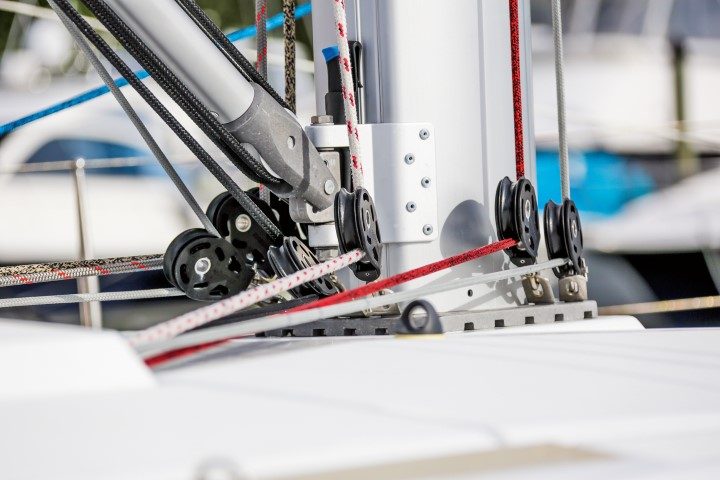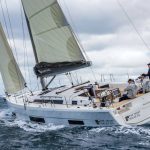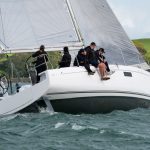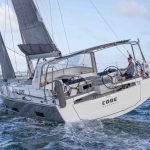‘Behemoth’ is a word which springs to mind or, perhaps more nautically, ‘leviathan’.
- Easy to handle
- Massive cockpit
- 200-mile a day bluewater cruiser
- Different sail set-ups possible
- Three cabins, two bathrooms
- Auto trimmimg
- Appeals to sailors of all skill levels
- Single adjustable backstay
- Flagship of Sun Odyssey range
- Comfortable
- Well built
- Three, four or five-cabin options available
- Easy flow
- Excellent headroom below decks













